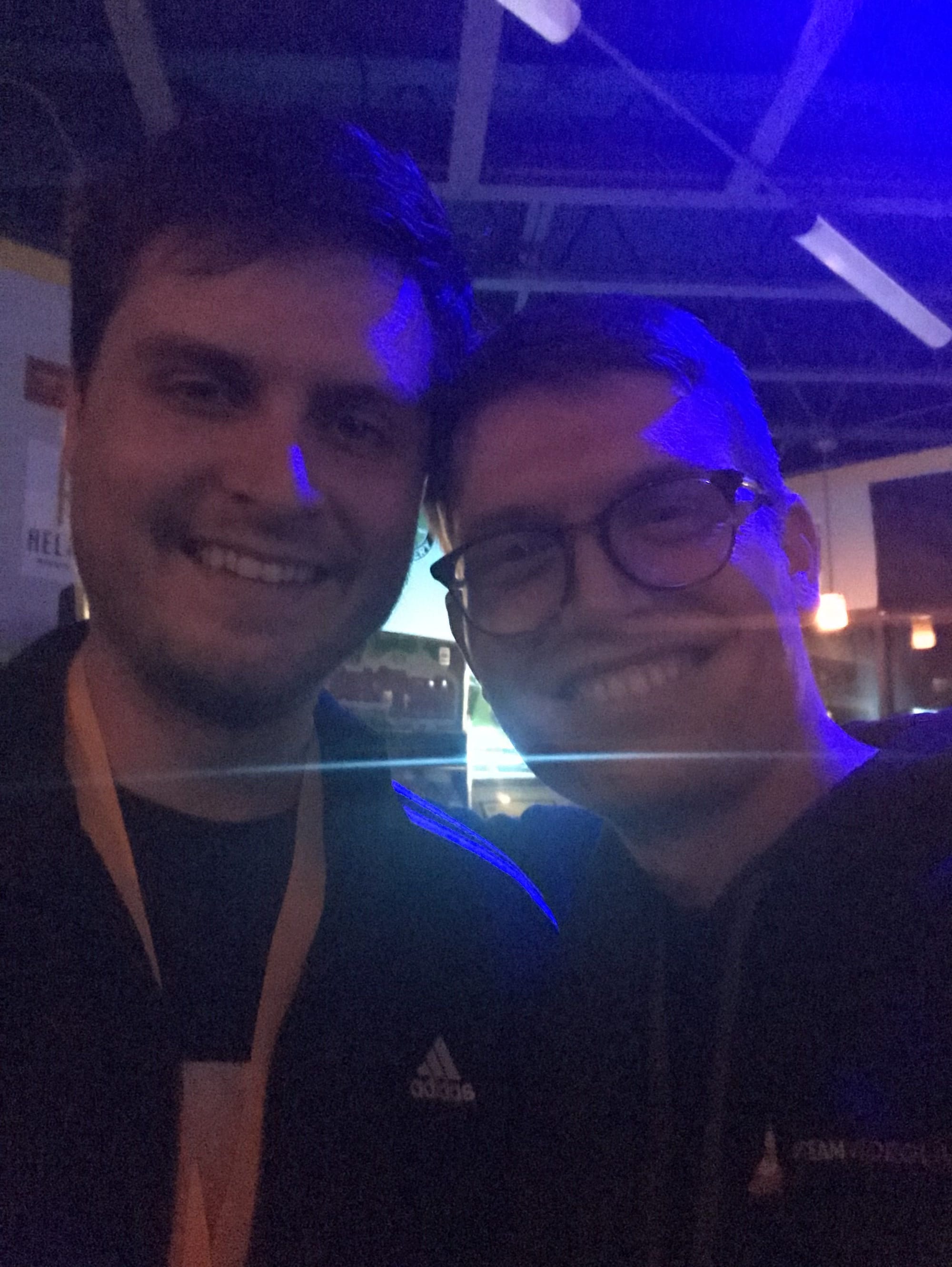Just Zig Things: Why I Chose Zig

From arcade esports to low-level language design—how I ended up tinkering with Zig.

Q. What's a Killer Queen player's favorite Zig builtin?
A. @abs
Why I Tried Zig
Video games got me into software. They've been part of my identity for as long as I can remember. For a few years, I traveled the U.S. competing in Killer Queen tournaments—a niche but thriving arcade esports scene. When I started playing in 2016, one of the champions of the first-ever Bumblebash national tournament was Andrew Kelley. As I found my place in the community, I eventually got to know him and watched from afar as he started working on Zig. I've been a GitHub sponsor of the project for a while, but never felt inspired to dive into a whole new language—until recently.

Then I watched Andrew Kelley's Practical Data-Oriented Design talk—and it shifted how I think about software. His approach was both refreshing and grounding. Some problems deserve more intentional solutions. Andrew’s talk reminded me how valuable it is to have control over my code. Why store a Boolean you can compute instantly? Why ignore how the CPU works when it shapes everything? He connected dots I didn’t know I was missing. I'm grateful for this nudge.
A few weeks before that, I’d dipped into game development with Godot. It’s a popular game engine, and I set out to make a simple 2D platformer. A few levels, power-ups, multi-jumps, and obstacles later—I had a real, playable game.
Then I hit the point where it was time to focus on level design and polish the visuals. That’s when I realized: I didn’t love working in Godot. I didn’t see myself finishing the project.
The game dev spell fizzled—a reminder that making games isn’t the same kind of fun as playing games.
Still, it wasn’t a waste. That Godot project was my first foray into vibe coding. Game development has never felt more accessible now that LLMs sufficiently complement tools like Google and documentation. I learned more from that experience than I was expecting. Vibe coding gave me the confidence to try something crazier: picking up Zig and seeing what I could build.
That’s how I got here. Before I get into what I’m building and what I’ve learned, it might help to share how I approach learning in the first place.